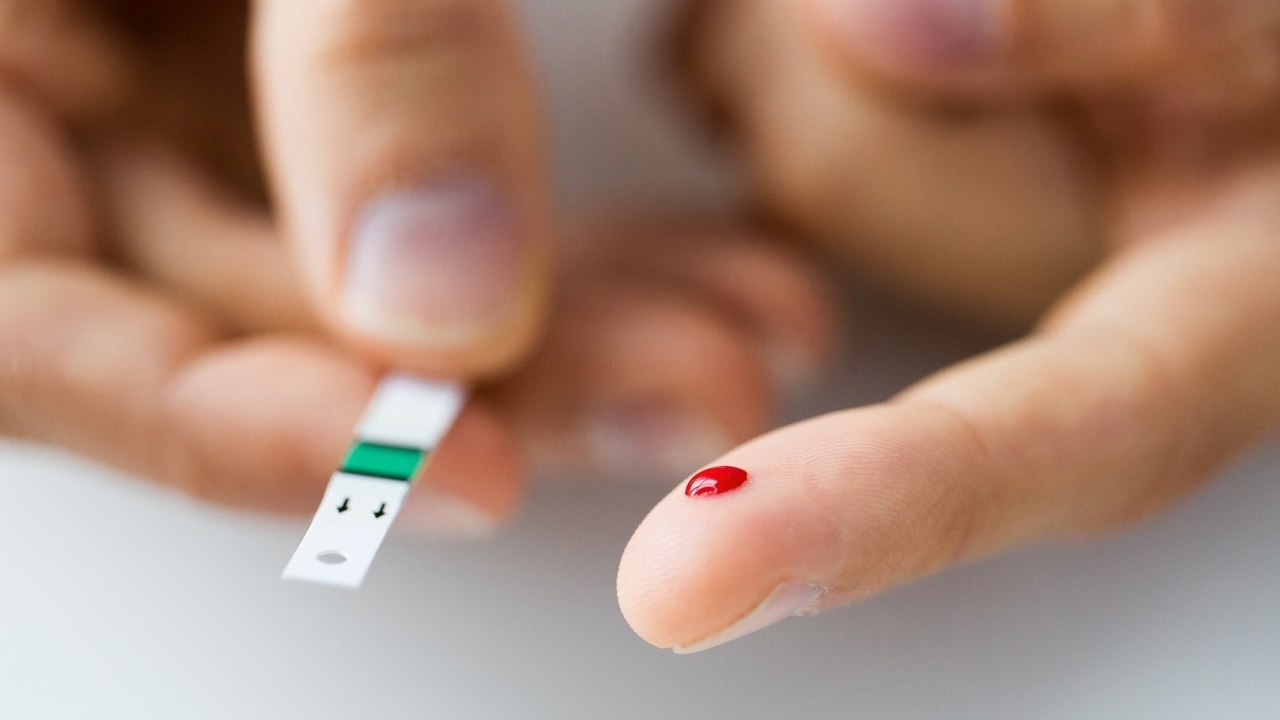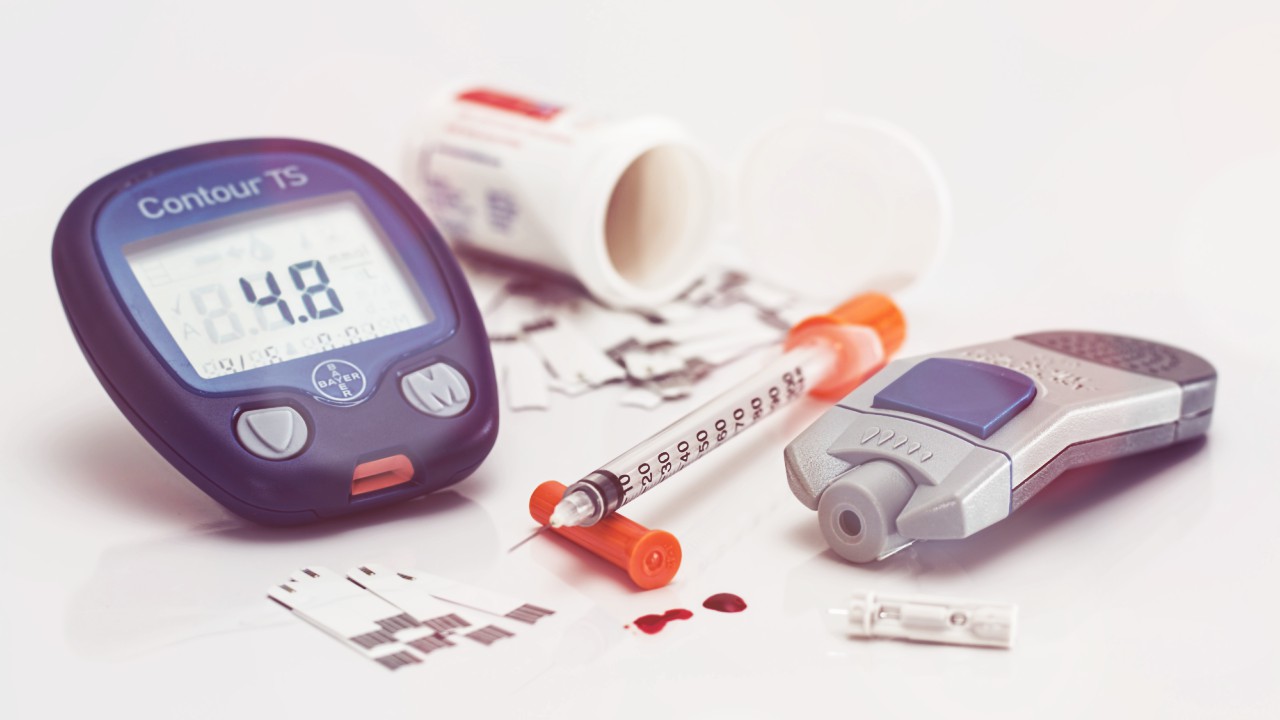Don't assume you can't exercise just because you have diabetes! When I perform a fitness assessment on clients, medical conditions often become a consideration as I design that client's exercise program. Sometimes, the client will need to get medical clearance before we can begin the exercise program.
Diabetes is a growing problem in America. About 6-10 percent of the population has diabetes with about 1 million new cases every year! This number is expected to double in the next 20 years! Diabetes is also the seventh leading cause of death in the United States! Research has also shown that people who develop diabetes before age 30 are twenty times more likely to die by age 40. Whew! And, America's sedentary lifestyle isn't helping the problem.
Diabetes is a metabolic disorder caused by insulin deficiency which impairs glucose usage. There are two forms of diabetes:
Type 1 - It is usually found in normal or underweight younger people. Type 1 diabetics usually inject insulin so that blood sugar can be delivered to the body's cells. Low blood sugar (hypoglycemia) levels can lead to dizziness, weakness and fainting. It is disturbing that more cases are happening where young people are beginning to have Type 2 diabetes also (due to obesity and lack of exercise)!
Type 2 - This type of diabetes is associated with obesity, especially abdominal obesity. Type 2 diabetics usually produce enough insulin but their cells are insulin resistant. This can result in hyperglycemia (high blood sugar). If left uncorrected, it leads to kidney, heart, eye and nerve damage.
So, where does exercise fit in with diabetics? As a personal trainer, I'm trying to help the client avoid hypoglycemia and hyperglycemia during and after exercise. As a diabetic, you should keep a snack on hand for a quick source of carbohydrates to avoid hypoglycemia.
Other exercise considerations for diabetics:
1) Glucose levels should be measured before, during and after exercise (especially for those newly diagnosed).
2) Quality footwear is important and the feet should be checked often for blisters.
3) Post-exercise carbohydrate consumption is advisable.
4) The diabetic can do resistance training. The workload should be monitored carefully.
5) Low impact aerobics work well for diabetics.
6) Exercise can have an insulin-like affect on the body (i.e., exercise-induced hypoglycemia).
If you have diabetes, the key is to keep it under control. Doing so will allow you to lead a normal life.
Mark Dilworth, Certified Personal Trainer
Her Fitness Hut http://herfitnesshut.com
[email protected]





Add a Comment4 Comments
Hey Mark - It sucks when people misread the "tone" in your post, doesn't it? I happen to have understood where you were coming from completely.
The fact is, historically, Type 2 used to not show up until a person was at least in their 30's, if not later. It IS scary to know that there are children with Type 2 at younger and younger ages these days!
~ Lara
March 25, 2009 - 1:34pmladydelaluna.com
This Comment
Thanks for the comment Lara...I think the point is that exercise can help the diabetic condition and really pretty much any medical condition.
March 26, 2009 - 6:34amThis Comment
"Type 1 - It is usually found in normal or underweight younger people. Type 1 diabetics usually inject insulin so that blood sugar can be delivered to the body's cells. Low blood sugar (hypoglycemia) levels can lead to dizziness, weakness and fainting. It is disturbing that more cases are happening where young people are beginning to have Type 2 diabetes also (due to obesity and lack of exercise)!"
Are you serious?? Type 1 doesn't turn into Type 2 for any reason. They are two completely different conditions. Type 1 is an autoimmune disease that can affect people of any age (although it is more common with children), and any body type. Type ones do not produce insulin. It has NOTHING to do with diet, exercise, or anything else that is within the control of the individual. A T1 must ALWAYS inject insulin or they risk hyperglycemia.
March 20, 2009 - 8:42pmThis Comment
Thanks for the comments....I know kids with Type 2 diabetes. I'm not saying that Type 1 turns into Type 2.
March 22, 2009 - 5:29pmThis Comment